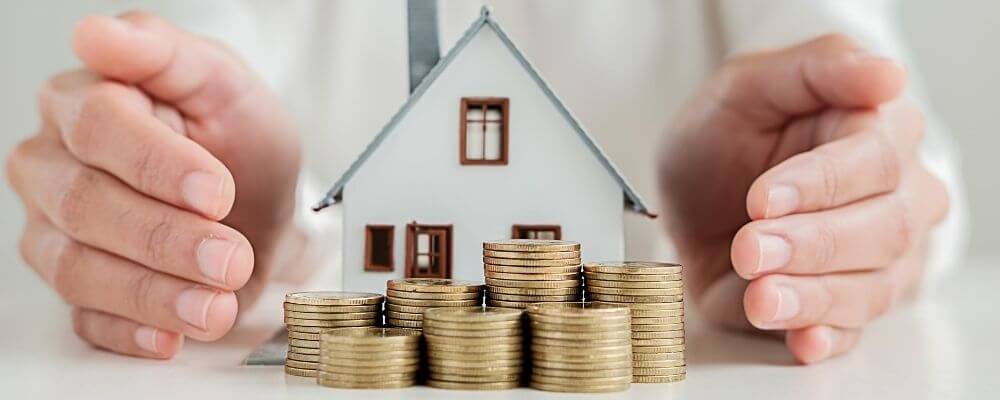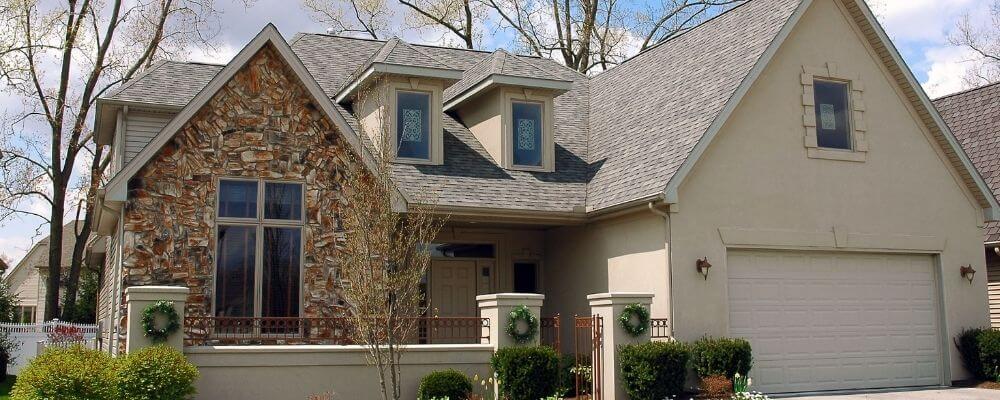Finding a good rental property can feel a lot like finding a needle in a haystack. Unlike when you buy a home to live in, you have other factors to consider because you’re renting the property to others. Not all properties make good financial sense to invest in when renting them out.
Here’s how to tell if a property is a good rental property or one you should pass on and look for a more profitable property.
Table of Contents
Look at the Potential Cash Flow
You’re investing in a rental property for the cash flow, right? Otherwise, you would fix and flip a property to make a quick profit. The cash flow is where the true value is when you’re renting it out. So how do find out a property’s potential cash flow?
First, you must understand what cash flow is. It’s the money left from the rent after paying the necessary expenses including home maintenance, repairs, taxes, insurance, and property management fees. If you invest in the wrong property, you could have a negative cash flow, meaning it costs you money to invest in the property. That wouldn’t make much sense, so you need to pay close attention to cash flow.
To determine a property’s annual cash flow, use the following:
Rental Property Annual Cash Flow
Net Cash Flow = Annual Rent – All Annual Property Expenses (Including Mortgage)
If your net cash flow is a positive number and one you can live with, it’s a good investment.
Look for Properties that Satisfy the 1 Percent Rule
If you want an easy way to tell if a property is a good investment, use the 1 percent rule. If you can rent a property for at least 1% of your investment, it’s a good choice. This is the perfect rule for first-time real estate investors. It’s easy to calculate, allowing you to see if a property is worth the investment or not.
Your investment in a property is all the cash you invest including the money to buy the home (down payment too), any money spent to fix the home up, and any closing costs. For example, if you invested $250,000 in a home, you should be able to charge $2,500 a month in rent. If the rent is less than this, the property doesn’t satisfy the conditions of the 1 percent rule.
Find Properties with Features Renters Want

Just like the sales price, the rental prices are affected by a home’s features. So what do renters look for? Here are the features a rental home should have for you to charge the most rent for the area:
1 – Good location – It’s all about the location for renters. They want convenience, which means homes located near good schools, convenient shopping, churches, and access to freeways. Look at the home’s walkability score, crime rate, and school ratings before investing.
2 – Adequate living space – Think of your target audience. Are you investing in homes for families or single people? How many bedrooms does the average family in the area need?
3 – What is the typical layout in the area? These are the features you’ll want in a home you buy.
4 – Desirable appliances – Renters don’t want dilapidated appliances. They want modern, up-to-date, and efficient appliances including a washer/dryer, stove, and oven.
5 – Upgrades and renovations – Renters want a home that’s move-in ready and fun to live in rather than rundown and in need of repairs. The more modern and trendy you can make the home, the more rent you’ll be able to charge.
Avoid Homes That Need Fixing Up
Try to stick to homes that are move-in ready or close to it. If you have to invest money in renovating the property, you automatically decrease your cash flow and rental yield. Fixer-upper homes are good for investors who want to fix and flip. However, if you’re looking for regular cash flow, look for properties you can rent out as-is or close to it to increase your profits and minimize the work needed.
Know how much Rent you can Charge
Just like you can’t sell a home for more than it’s worth, you won’t get away with charging more rent than is average for the area. Before you invest in a home, do your research. Zillow is a great place to find information about the area’s rent or your real estate agent can help too.
When you figure out the average rent for the area, see if it makes sense given the costs you’ll incur. Look at the real estate taxes, average homeowner premium for the area, and annual operating costs. Think about your travel time if you’ll manage the property yourself, and any costs you’ll incur managing the property.
If you won’t have a positive cash flow, it doesn’t make sense to invest in the property.
Find a Property with a Good Rate of Return
Just like when you invest in the market, you want to know your rate of return. If it’s not high enough, it doesn’t make sense to invest in it. While a ‘good’ rate of return is subjective, on average, investors want a 15%+ ROI to make an investment worth it.
Knowing how to calculate the ROI will help you find a property with a suitable ROI for your goals:
ROI = Annual Rent/ Total Amount Invested (Including Down Payment, Closing Costs & Rehab Costs)
For example, if you invested $200,000 in a home and you can charge $2,000 in monthly rent, your ROI would be:
ROI = (2,000 x 12)/$200,000 x 100 = 12%
Determine if you can Increase the Rental Yield

Your rental yield refers to the income you make compared to the property’s value. The more rent you can charge, the higher your rental yield. To increase your rental yield, look for properties that:
- Are in a location with good schools and low crime rates
- Have room for upgrades should you decide to invest in it
- Are in an area renters want to live
- Has low vacancy rates
Find a Property you can Manage
If you will manage the property yourself, make sure it’s within a comfortable distance. If you have to travel a lot, it can get time-consuming and expensive to manage the property. It’s possible to hire a property management company to handle the property, but this increases your monthly costs and decreases your cash flow.
If property management costs don’t fit into your calculations, focus on properties you don’t mind traveling to at 3 AM when the pipes burst or another emergency happens.
Final Thoughts
Investing in real estate can be a great way to supplement your monthly income. Once you find the property and get it ready for renters, it’s a semi-passive investment. Whether you’re a first-time investment property buyer or you’re adding to your portfolio, do your due diligence to make sure the property will provide the returns you need.
Whether you’ll live off the rental income or you will reinvest the money adding to your investment portfolio, finding the right properties is the key to successfully investing in real estate.

